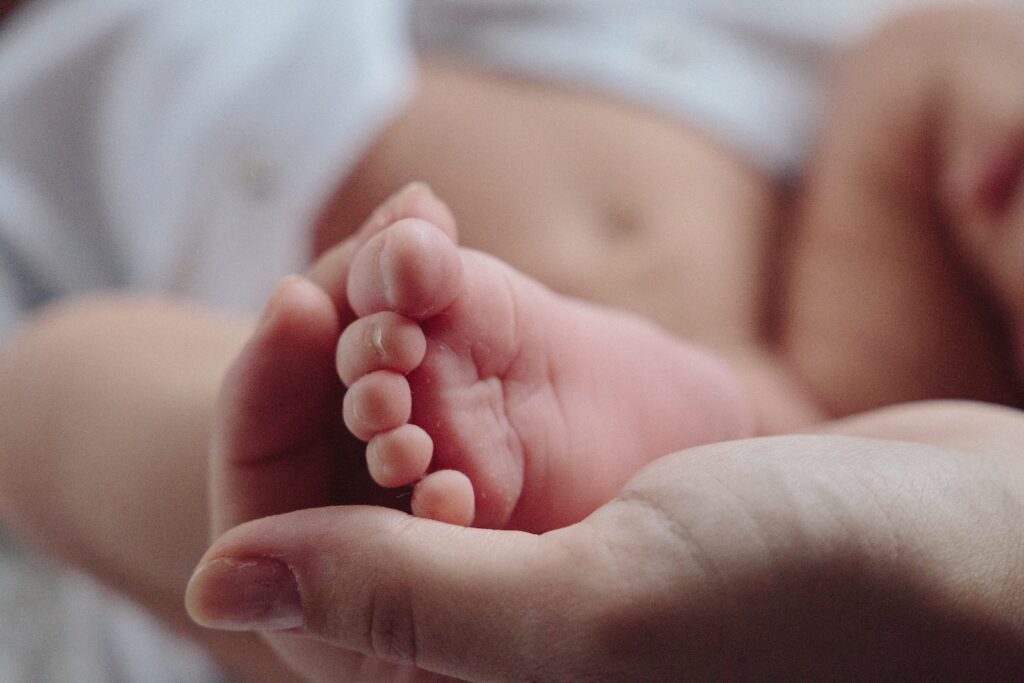
As a business owner, understanding the parental support available to your employees under Korean law can be instrumental in maintaining a healthy and motivated workforce. The following article delves into various financial support measures that are provided to employees before and after childbirth, with the primary objective to protect the health of pregnant workers, prevent job changes due to childbirth, and promote a balanced work-life culture.
- Maternity Leave Support
Pregnant employees are entitled to 90 days (120 for multiple births) of maternity leave, out of which the first 60 days (or 75 for multiple births) are paid by the employer. Post childbirth, a minimum of 45 days (60 for multiple births) must be secured. This is a mandatory provision, and any refusal or disregard may lead to violations of the Labor Standards Act.
In the case of miscarriage or stillbirth, employees can claim leave depending on the period of their pregnancy. Such leaves are also covered under maternity leave benefits.
- Maternity Leave Support for Contract & Dispatch Workers
For fixed-term or dispatched workers, if the contract expires during the maternity leave period, they are eligible for statutory maternity leave benefits for the remaining period. These benefits start from the day after the contract’s expiration until the end of the maternity leave. The payout amounts to 100% of the average wage (with a monthly cap at 2.1 million KRW), with the lower limit set at the minimum wage.
- Maternity Benefits for Artists & Labor Providers
Women artists and labor providers enrolled in employment insurance are eligible for maternity benefits, which amount to 100% of the average monthly wage if they give birth or experience a miscarriage or stillbirth. The upper limit is 2.1 million KRW, with lower limits of 600,000 KRW for artists and 800,000 KRW for labor providers.
- Childcare Leave Support
Employees with children up to eight years old or in the second grade of elementary school are eligible for up to a year of unpaid childcare leave. The employment center provides financial support for up to a year, amounting to 80% of the monthly average wage (capped at 1.5 million KRW with a lower limit of 700,000 KRW).
Special provisions are in place for dual-career couples under the “3+3 Parental Childcare Leave System”. If both parents take leave sequentially or simultaneously within 12 months of the child’s birth, each parent receives 100% of their average wage for the first three months. The limit varies from 2 to 3 million KRW.
- Reduced Working Hours During Childcare Period
Instead of childcare leave, eligible employees can opt for a reduction in working hours for up to a year (15-35 hours per week). In this case, the employment center compensates for the reduction in wages due to fewer working hours, according to the average wage before the reduction started.